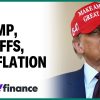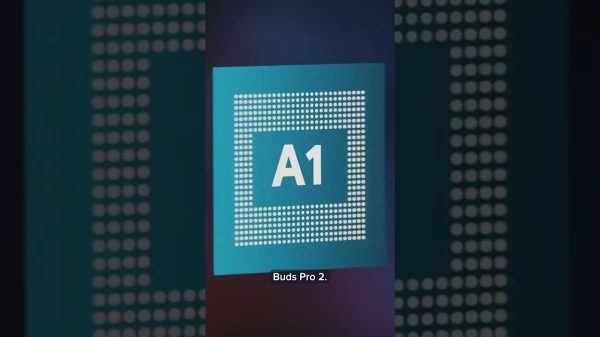Recap from July’s Picks
On a price return basis, the Safest Dividend Yields Model Portfolio (-3.0%) underperformed the S&P 500 (-2.8%) by 0.2% from July 20, 2023 through August 21, 2023. On a total return basis, the Model Portfolio (-2.5%) outperformed the S&P 500 (-2.8%) by 0.3% over the same time. The best performing large-cap stock was up 21%, and the best performing small-cap stock was up 9%. Overall, 11 out of the 20 Safest Dividend Yield stocks outperformed their respective benchmarks (S&P 500 and Russell 2000) from July 20, 2023 through August 21, 2023.
This Model Portfolio only includes stocks that earn an attractive or very attractive rating, have positive free cash flow and economic earnings, and offer a dividend yield greater than 3%. Companies with strong free cash flow (FCF) provide higher quality and safer dividend yields because strong FCF is proof they have the cash to support the dividend. I think this portfolio provides a uniquely well-screened group of stocks that can help clients outperform.
Featured Stock for August: Conagra Brands
CAG
CAG
Conagra Brands Inc. (CAG) is the featured stock in August’s Safest Dividend Yields Model Portfolio.
Since fiscal 2018, Conagra Brands has grown revenue by 9% compounded annually and net operating profit after tax (NOPAT) by 13% compounded annually. Conagra Brands’ NOPAT margin improved from 10.5% in fiscal 2018 to 12.3% in fiscal 2023 (year ends May 28, 2023). An improved NOPAT margin is enough to offset a slight decline in invested capital turns and help maintain the company’s return on invested capital (ROIC) around 6% over the same time.
Figure 1: Conagra Brands’ Revenue & NOPAT Since 2018
Free Cash Flow Exceeds Regular Dividend Payments
Conagra Brands has increased its regular dividend from $0.21/share in 1Q18 to $0.35/share in 3Q23. The current quarterly dividend, when annualized, equals $1.40/share and provides an 4.7 % dividend yield.
More importantly, Conagra Brands’ free cash flow (FCF) easily exceeds its regular dividend payments. From fiscal 2020 to fiscal 2023, Conagra Brands generated $5.2 billion (21% of current enterprise value) in FCF while paying $2.1 billion in dividends. See Figure 2.
Figure 2: Conagra Brands’ FCF Vs. Regular Dividends Since 2020
As Figure 2 shows, Conagra Brands’ regular dividends are backed by a history of reliable cash flows. Dividends from companies with low or negative FCF are less dependable since the company may not be able to sustain paying dividends.
CAG Is Undervalued
At its current price of $30/share, Conagra Brands has a price-to-economic book value (PEBV) ratio of 0.8. This ratio means the market expects Conagra Brands’ NOPAT to permanently fall 20% from TTM levels. This expectation seems overly pessimistic given that Conagra Brands has grown NOPAT by 13% compounded annually since fiscal 2018 and 5% compounded annually since fiscal 2012.
If Conagra Brands’ NOPAT margin falls to 11% (vs. 12.3% in the TTM and 10-year average of 11.5%) and the company’s revenue grows by 3% compounded annually for the next decade, the stock would be worth $45+/share today – a 53% upside. See the math behind this reverse DCF scenario. In this scenario, Conagra Brands’ NOPAT would grow 2% compounded annually through 2032. Should the company’s NOPAT grow more in line with historical growth rates, the stock has even more upside.
Critical Details Found in Financial Filings by My Firm’s Robo-Analyst Technology
Below are specifics on the adjustments I make based on Robo-Analyst findings in Conagra Brands’ 10-K and 10-Qs:
Income Statement: I made $839 million in adjustments with a net effect of removing $54 million in non-operating expenses (<1% of revenue).
Balance Sheet: I made $8.8 billion in adjustments to calculate invested capital with a net increase of $8.1 billion. The most notable adjustment was $5.1 billion (29% of reported net assets) in asset write downs.
Valuation: I made $10.7 billion in adjustments, with a net decrease of $10.5 billion in shareholder value. Apart from $9.4 billion in total debt, the most notable adjustment to shareholder value was $1.1 billion in net deferred tax liabilities. This adjustment represents 8% of Conagra Brands’ market value.
Disclosure: David Trainer, Kyle Guske II, Italo Mendonça, and Hakan Salt receive no compensation to write about any specific stock, style, or theme.
Read the full article here













